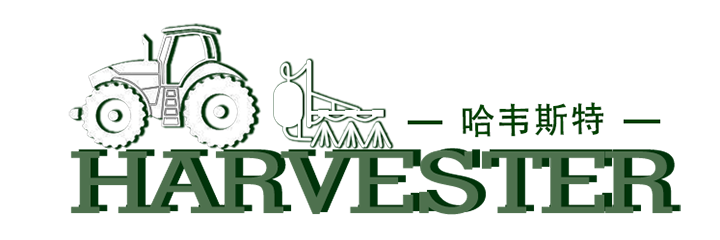What is the difference between a tiller and a disc harrow?
Rotary tiller and disc harrow are both land leveling machines, but many people may not understand the difference between these two machines when using them.


Both of these tools play a crucial role in soil cultivation, but they have different characteristics and applications.
1. Let's first have a general understanding of the structure and working principle of rotary tiller and disc harrow
Rotary tiller, designed to break and aerate soil. It consists of a series of curved teeth or blades connected to a rotating shaft. When the tiller moves forward, these sharp teeth will penetrate deep into the soil, stir and mix, forming a fine and loose seedbed.
The structure of a disc harrow
A circular disc harrow is composed of multiple rows or rows of concave metal discs. These discs are installed on a frame, and when they are pulled across the field, they tilt and cut into the soil.
A disc harrow usually has two or more rows of discs, with the front row throwing soil outward and the rear row throwing soil inward. This operation can thoroughly mix and level the soil surface.
2. Differences in operating methods between rotary tiller and disc harrow
The main difference between a tiller and a disc harrow lies in their operating methods. The tiller uses rotational motion to crush soil, while the disc harrow uses cutting and rotating actions.
This fundamental difference affects their cultivation effectiveness in various soil types and conditions. Cultivators are skilled at breaking and compacting soil and absorbing organic matter, while disc harrows are particularly adept at leveling fields and managing crop residues.
3. Performance of rotary tiller and disc harrow
3-1: Farmland effect
Cultivators are renowned for their ability to create high-quality, breathable seedbeds. The rotation of the rake teeth completely breaks the soil block and mixes the soil layer.

The disc harrow performs well in large-scale operations, where rapid coverage of large areas of land is crucial. They are particularly suitable for initial field preparation after harvesting, crushing the surface crust, and integrating crop residues into the surface soil.

3-2: Cultivation depth:
Cultivators typically dig soil to a depth of 6 to 8 inches, although some models can dig to a depth of 12 inches. This deep plowing is beneficial for breaking through hard soil layers and improving soil structure.
A disc harrow are typically works at shallow depths, typically between 3 and 6 inches. But the disc harrow can quickly cover large areas, making it an effective choice for surface tillage and seedbed preparation in large-scale agricultural operations.
3-: 3: Energy efficiency and electricity requirements
When considering energy efficiency, disc harrows are usually more advantageous than cultivators, especially in large-scale applications. The rolling motion of the disc requires less power per acre than the vigorous rotational motion of the tiller. This means reduced fuel consumption and decreased wear on the tractor engine. However, for smaller areas or particularly hard soil conditions, the concentrated force of the tiller may be more effective and efficient in achieving the desired soil structure.
How to make the right choice between rotary tiller and disc harrow?
1. Evaluate your soil type
The characteristics of soil play an important role in determining whether a tiller or a disc harrow is more suitable. For heavy clay rich soils that are easy to compact, the proactive actions of cultivators have immeasurable value in breaking soil blocks and improving soil structure. The deep infiltration of tiller teeth helps to absorb organic matter and form a loose and fragile seedbed. On the contrary, in lighter and more sandy soils, a disc harrow may be sufficient to prepare the seedbed. These discs can effectively level fields and manage surface residues without excessively disturbing soil profiles, which is crucial in areas prone to erosion.
2. Consider the size and terrain of the site
When choosing a tiller and disc harrow, operational scale is a key factor. For small plots of land, rotary tillers can break down the soil even more and directly sow seeds. Round disc harrows are suitable for large plots, especially for uncultivated land. They are particularly suitable for undulating terrain, as independent disk groups can more effectively follow contours than the rigid frame of a tiller. For fields with cultivation requirements, these two machines can be combined for use.
3. Crop residue management
The management of crop residues is an important consideration in modern agriculture, which can affect soil health, nutrient cycling, and subsequent planting operations. The disc rake performs well in this regard, effectively shredding surface residues and integrating them into the surface soil.
conclusion
The choice between a tiller and a disc harrow ultimately depends on your specific agricultural needs, soil conditions, and operational scale. Both tools have their advantages and optimal applications. By carefully considering factors such as soil type, field size, and residue management requirements, you can choose the tools that are most beneficial for farm productivity and soil health. If you would like to learn more about this product, you can contact us through the following methods: catherine@harvestermachinery.com.




